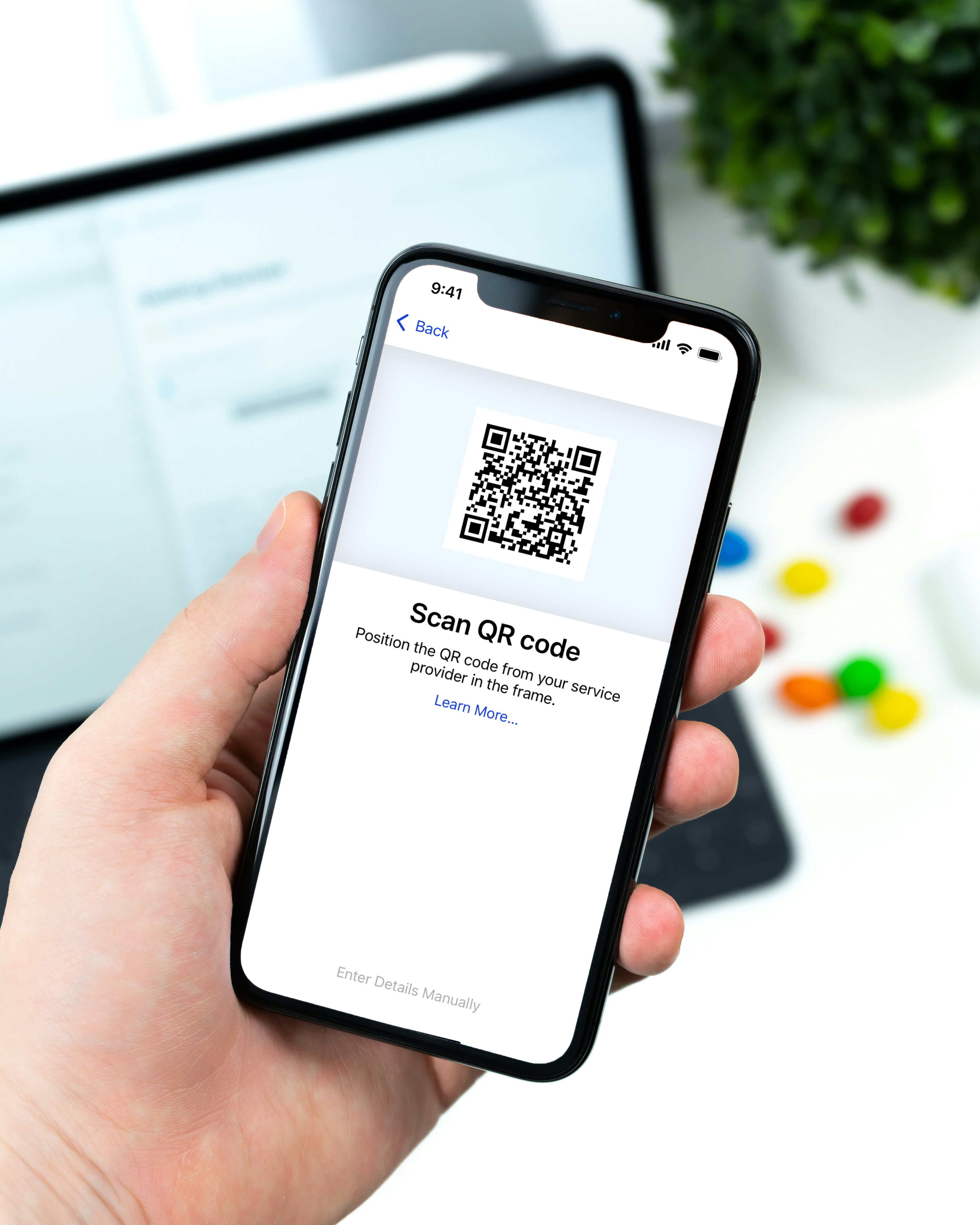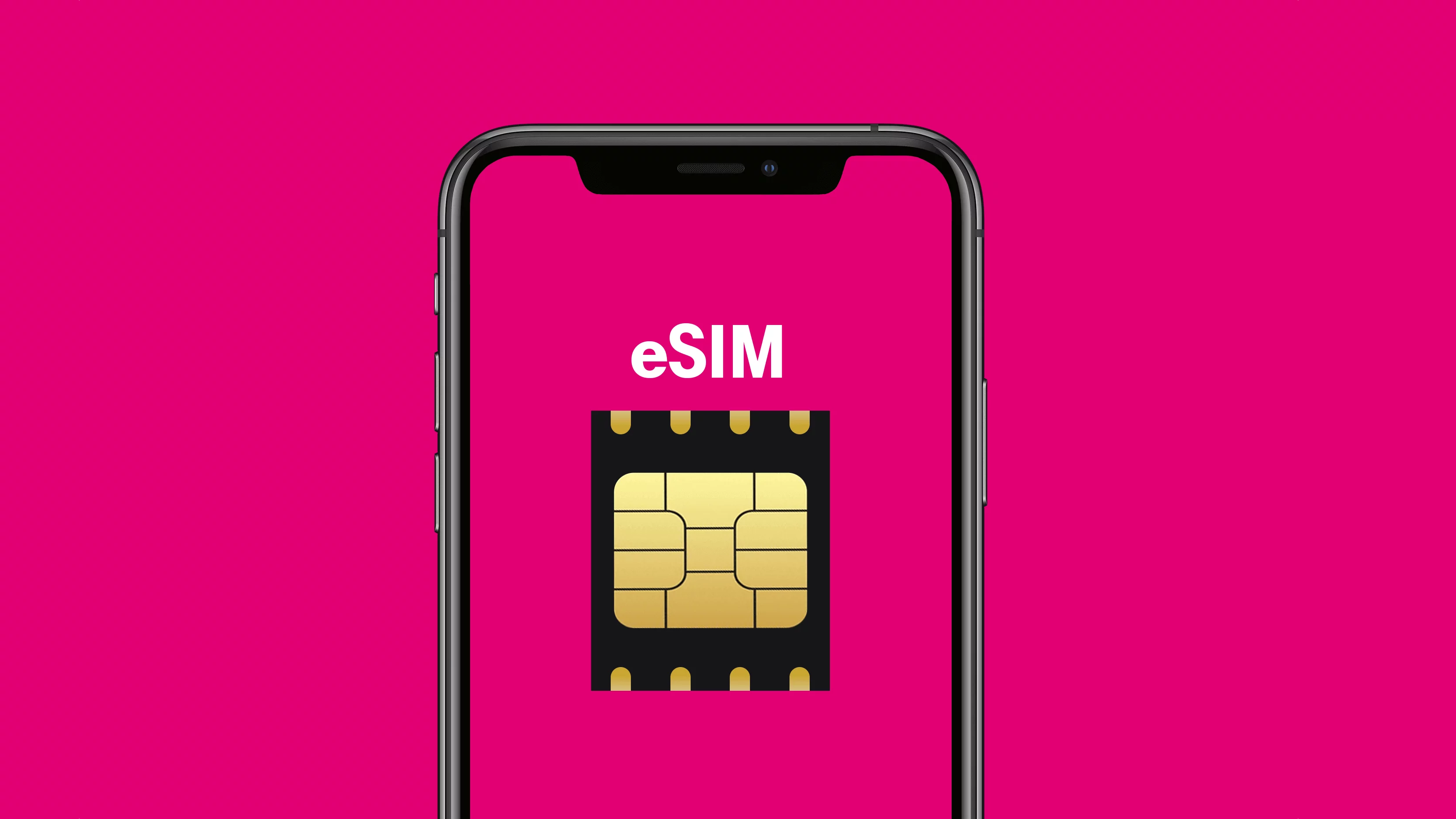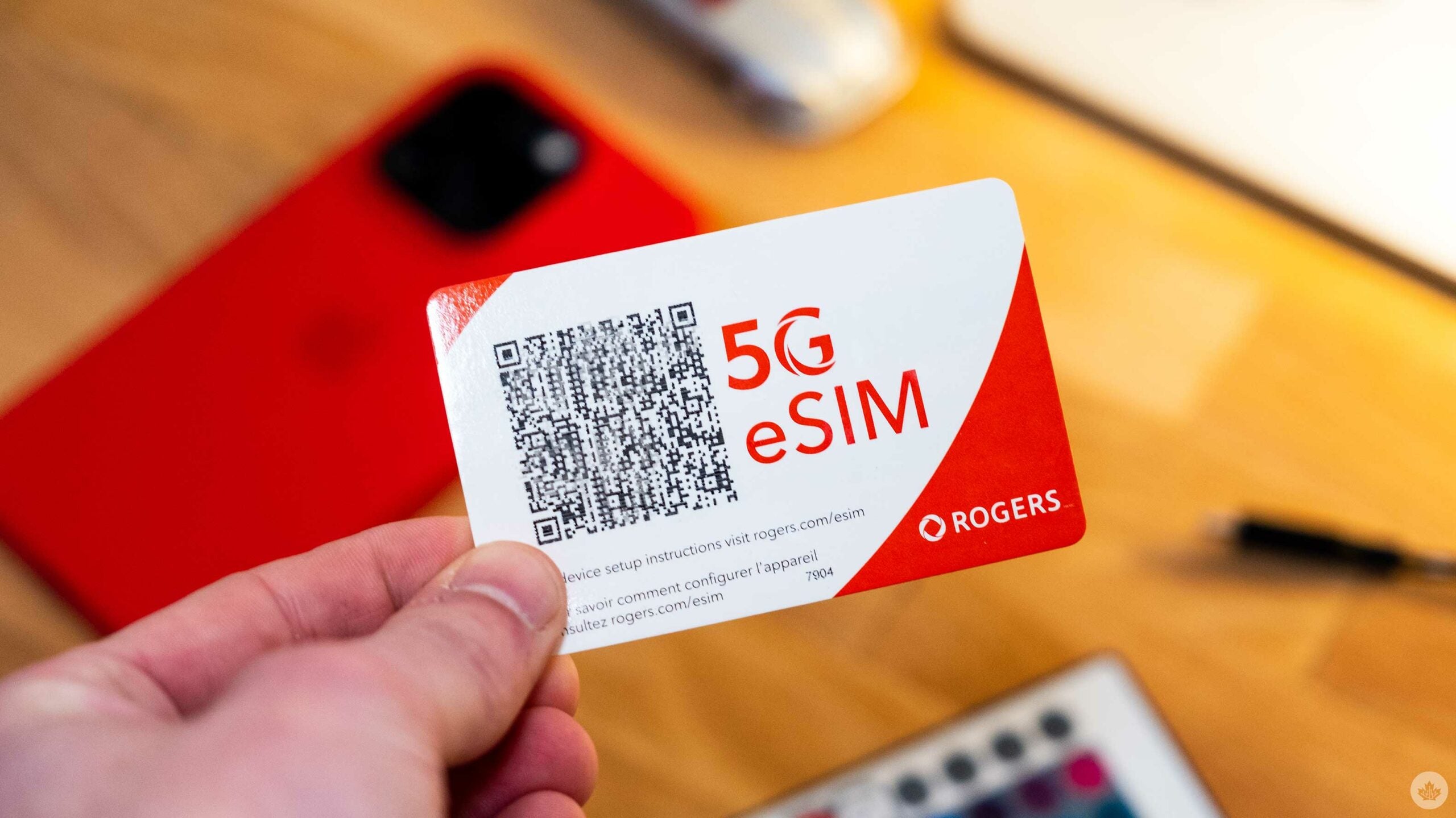How Many eSIMs Can You Have on Your Phone?
Curious about how many eSIMs you can have? This article explains the limits for various devices regarding how many eSIMs can you have. Discover how many eSIM profiles are supported by popular iPhones and Android models.
Table of Contents
- Key Takeaways
- Understanding eSIM Technology
- What is an eSIM?
- Benefits of Using eSIMs
- eSIM Compatibility Across Devices
- Checking Device Compatibility
- Popular eSIM-Compatible Devices
- How Many eSIMs Can You Have on Different Phones?
- iPhone Models and eSIM Capacity
- Android Phones and eSIM Capacity
- Managing Multiple eSIM Profiles
- Adding and Activating eSIMs
- Switching Between eSIM Profiles
- Benefits of Having Multiple eSIMs
- Separate Work and Personal Numbers
- Cost Savings with Local Data Plans
- Carrier Support for eSIMs
- Major Carriers Offering eSIMs
- Prepaid eSIM Options
- Troubleshooting Common eSIM Issues
- Activation Problems
- Profile Management Issues
- Future of eSIM Technology
- Trends in eSIM Adoption
- Potential to Replace Physical SIMs
- Frequently Asked Questions
- How do I check if my phone supports eSIM?
- How many eSIMs can I have on my phone?
- What are the benefits of using multiple eSIMs?
- How do I activate a new eSIM on my phone?
- What should I do if I encounter issues with my eSIM?
Key Takeaways
- eSIM technology enables remote activation and management of mobile plans, providing flexibility for users to switch carriers without physical SIM cards.
- Different smartphone models support varying capacities for eSIMs, with iPhone 14 supporting up to eight eSIMs and two active eSIMs, while newer Android models also adopt similar capabilities.
- The increasing support for eSIMs by major carriers worldwide expands options for users, facilitating cost-effective solutions for managing separate personal and work numbers and saving on international roaming charges.
Understanding eSIM Technology
eSIM technology is revolutionizing mobile network connections. Unlike traditional physical SIM cards that require manual insertion and swapping, eSIMs are embedded directly into devices, eliminating the need for a physical card and allowing for remote activation and management of mobile connections.
Tech giants Apple, Samsung, and Google are leading the eSIM adoption, making it a standard feature in many modern devices.
What is an eSIM?
An eSIM, or embedded SIM, is a digital alternative to physical SIM cards. It enables mobile carriers to activate and manage cellular plans remotely, eliminating the need for a physical card swap. This allows users to switch networks or plans with a few taps, offering unparalleled convenience and flexibility. For example, when traveling abroad, one can easily switch to a local carrier’s plan without dealing with tiny SIM cards—showcasing the power of eSIM technology.
eSIMs enhance security through remote provisioning and management of mobile connections. Carriers support eSIMs by providing the infrastructure for remote activation, simplifying the management of multiple eSIM profiles on a single device.
Benefits of Using eSIMs
A major benefit of eSIM technology is its flexibility. With eSIMs, maintaining multiple profiles on a single device becomes easy, allowing users to switch between carriers and plans without a physical SIM card. This is especially useful for frequent travelers who can avoid expensive roaming charges by switching to local carriers.
Moreover, eSIMs simplify network switching and mobile plan management. Brands like Honor, Motorola, and Xiaomi support eSIM functionality, providing more options for consumers. Managing multiple eSIM profiles on one device enhances convenience.
eSIM Compatibility Across Devices
eSIM technology is rapidly spreading across various devices like smartphones and tablets. However, not all devices support eSIMs, so checking compatibility is crucial. Major manufacturers such as Apple, Google, and Samsung lead in integrating eSIM technology, although some limitations remain.
Checking Device Compatibility
Check if your device supports eSIM technology by looking for an EID, indicating the presence of an eSIM chip. On iPhones, verify eSIM compatibility by dialing *#06# to display the EID or checking the settings under General > About.
For Android devices, the EID is often found in the Settings menu under About phone, typically in the Device details section. Refer to your device’s specifications or consult the manufacturer’s guidelines to confirm eSIM support.
Popular eSIM-Compatible Devices
Many popular smartphones and tablets support eSIM technology, providing users with various choices. Apple, Samsung, and Google lead the charge, with many flagship models featuring eSIM capabilities. For example, iPhone models such as the iPhone XR, XS, and XS Max are well-known for eSIM support.
These devices enable users to store multiple eSIM profiles and switch between them as needed, enhancing the user experience. Whether using an iPhone, Samsung Galaxy, or Google Pixel, eSIM technology is becoming a common feature, simplifying mobile connectivity management.
How Many eSIMs Can You Have on Different Phones?
Knowing the eSIM capacity of different phones can vary depending on the device, which is crucial for effectively managing multiple eSIM profiles. Some devices can handle multiple eSIMs, while others have more limited capabilities.
The trend is moving toward supporting more eSIMs, offering users greater flexibility and options.
iPhone Models and eSIM Capacity
iPhone models lead in eSIM adoption. For example, the iPhone 14 series can store up to eight eSIMs and supports two active eSIMs simultaneously, offering extensive flexibility. The most iphones, like the iPhone model 13 models, also support two active eSIMs and can store multiple profiles, ideal for users needing to manage various plans and numbers.
Older models like the iPhone SE (2nd generation) and the iPhone XS, XR, and iPhone XS Max can manage multiple eSIM profiles but support only one active eSIM at a time. Despite this limitation, they still offer significant benefits for users looking to streamline mobile connectivity.
Android Phones and eSIM Capacity
Android phones are also embracing eSIM technology with increasing enthusiasm. For example, the Google Pixel 7 and later models support two active eSIMs simultaneously, enhancing dual SIM functionality. This allows users to manage both personal and work numbers or different carrier plans without physical SIM cards.
Samsung’s Galaxy S22 and newer phone model accommodate one active eSIM alongside one physical sim card, offering flexibility for users who want to mix and match connectivity options.
With more Android devices adopting eSIM technology, users can expect greater versatility in managing their mobile provider and mobile networks connections.
Managing Multiple eSIM Profiles
Managing multiple eSIM profiles on a single device might seem daunting, but managing multiple esims is straightforward with proper guidance. eSIM technology supports multiple cellular profiles, enabling users to switch between plans and multiple carriers without hassle.
This flexibility is a key advantage of using eSIMs.
Adding and Activating eSIMs
To add multiple eSIMs to your phone, access the settings menu, navigate to Mobile Network, select ‘Add eSIM’, scan the provided QR code, and follow the activation instructions. Ensure full activation of a new eSIM profile before disabling any old profiles to maintain continuous service. If using both a physical SIM and an eSIM, designate the eSIM as the primary line for data and calls in your device settings to avoid conflicts.
Deleting an eSIM is also straightforward. Go to the SIM settings, select the eSIM you wish to remove, and choose the Remove or Delete option. This ensures efficient management of eSIM profiles without cluttering your device.
Switching Between eSIM Profiles
Switching between eSIM profiles is easy through your phone’s iPhone settings. iPhone users can do this directly through the Control Center for quick access. This capability allows efficient management of cellular data switching and phone calls through different carriers, making it easier to switch between personal and work numbers or different data plans.
Thanks for visiting our blog, are you planing to travel to Europe? Check out our eSIM Europe.

Benefits of Having Multiple eSIMs
Having multiple eSIMs on a single device offers numerous advantages, including more than one esim. From managing separate work and personal phone numbers to saving money with local data plans while traveling, the number of esims provides unparalleled flexibility and convenience.
This section explores the primary benefits of using multiple eSIMs.
Separate Work and Personal Numbers
A practical benefit of dual eSIM functionality is maintaining separate work and personal use phone numbers on a single device. This allows users to seamlessly switch between business and personal calls, maintaining a clear boundary between work and personal life.
Managing multiple phone numbers without needing multiple devices is highly convenient, making phone settings life easier.
Cost Savings with Local Data Plans
For travelers, adding local eSIMs to devices can result in significant cost savings. Using local data plans helps avoid expensive international roaming fees and enjoy cheaper data services while abroad. This saves money and provides the flexibility to stay connected without the hassle of switching physical SIM cards.
Prepaid eSIM plans are particularly beneficial for travelers, allowing them to pay only for the data they need. Providers like Roamight offer prepaid eSIM plans starting at $4.99 for 1GB of data, making it an economical choice for those on the go. This flexibility and cost-effectiveness make eSIMs attractive for frequent travelers.
Carrier Support for eSIMs
As eSIM technology gains traction, more mobile carriers are offering eSIM services. This growing support makes it easier for users to adopt eSIM technology and enjoy its benefits.
Major Carriers Offering eSIMs
In the United States, major carriers like AT&T, Verizon, and T-Mobile support eSIMs, offering various plans and special deals to attract users. International carriers such as Vodafone, Orange, and Deutsche Telekom have also added eSIM support, expanding the global reach of this technology. When comparing eSIM plans, consider factors such as data, network coverage, roaming options, and additional features.
eSIM plans typically have similar prices to traditional SIM cards, providing users with various options. The flexibility and convenience offered by eSIMs make them appealing for users looking to streamline mobile plans with an esim plan.
Prepaid eSIM Options
Prepaid eSIM options offer significant savings for travelers and those seeking flexible data plans. Providers like Roamight offer affordable prepaid eSIM plans, starting at just $4.99 for 1GB of data. These plans are particularly useful for international travelers who can minimize roaming costs and enjoy cheaper data services by using local eSIMs.
Choose an eSIM data plan based on personal needs and budget to ensure the best value.
Troubleshooting Common eSIM Issues
Though eSIM technology offers numerous benefits, users may encounter common issues related to activation and managing multiple profiles. Promptly addressing these issues can enhance the overall user experience and ensure seamless connectivity.
Activation Problems
Activation problems can often be resolved by scanning the QR code provided by your carrier or downloading the profile from the carrier’s website. If issues persist, check your device settings to ensure the correct profile is active.
If these steps fail, contact your carrier’s support team for additional assistance and to help you stay connected.
Profile Management Issues
Efficiently managing multiple eSIM profiles can significantly enhance your mobile experience. To add and activate multiple eSIMs, follow the specific steps provided by your carrier, usually involving scanning QR codes or entering activation codes.
Switching between different eSIM profiles can typically be done through the device’s phone’s settings, allowing you to select the desired profile for data and calls. Common conflicts in eSIM management can often be resolved by checking carrier settings and ensuring device compatibility.
Future of eSIM Technology
The future of eSIM technology looks incredibly promising. With more carriers adopting eSIMs, the overall accessibility and versatility of mobile connectivity are set to improve dramatically.
This growing trend is expected to make eSIMs a standard feature in most smartphones, tablets, and even smart wearables.
Trends in eSIM Adoption
Major companies like Apple and Samsung are backing the adoption of eSIM technology, enhancing its market presence. The support for eSIM standards by manufacturers is leading to a rise in the number of eSIM-enabled devices available in the market. Organizations such as GSMA are also developing standards for eSIM technology, facilitating its wider acceptance.
Future applications for eSIM technology are anticipated to include smart wearables and IoT devices, broadening its use. As more devices and carriers choose to utilize this technology, consumers can expect increased flexibility and convenience in managing their mobile connections.
Potential to Replace Physical SIMs
As eSIM technology continues to advance, it has the potential to replace traditional physical SIM cards entirely. eSIMs offer numerous advantages, including convenience, flexibility, and improved security compared to physical SIM cards. Users will benefit from the ability to change networks easily without needing to physically swap SIM cards, streamlining the process of switching carriers.
Carriers also stand to gain from the adoption of eSIMs, as it simplifies the sign-up process and reduces costs associated with physical SIM cards. With these benefits in mind, it’s likely that eSIMs will play a crucial role in the future of mobile connectivity, ultimately phasing out physical SIM cards.
In the end, eSIM technology is revolutionizing the way we connect to mobile networks. From its foundational benefits of flexibility and security to its growing compatibility across a wide range of devices, eSIMs are set to become the new standard in mobile connectivity. Managing multiple eSIM profiles offers unparalleled convenience, whether for separating work and personal numbers or saving on data costs while traveling. With more carriers supporting eSIMs and the potential to replace physical SIM cards, the future of eSIM technology looks incredibly bright. Embrace the change and explore the endless possibilities that eSIMs offer for a more connected and convenient mobile experience.
Before you take off make sure to check with local government of the travel status.
Frequently Asked Questions
How do I check if my phone supports eSIM?
To check if your phone supports eSIM, look for an EID in your device's settings or refer to the manufacturer's documentation. For iPhones, you can also dial *#06# to view the EID.
How many eSIMs can I have on my phone?
You can store multiple eSIMs on your phone, with the iPhone 14 series allowing up to eight eSIMs and supporting two active eSIMs at the same time. Always verify your specific phone model's capabilities for the most accurate information.
What are the benefits of using multiple eSIMs?
Using multiple eSIMs enables effective management of various plans for distinct needs, facilitates the separation of work and personal numbers, and can lead to cost savings on data by utilizing local plans while traveling.
How do I activate a new eSIM on my phone?
To activate a new eSIM, simply navigate to your phone's settings, select Mobile Network, choose 'Add eSIM', scan the QR code provided, and follow the on-screen instructions for activation.
What should I do if I encounter issues with my eSIM?
If you encounter issues with your eSIM, ensure the correct profile is activated in your device settings. Should the problem continue, reach out to your carrier's support for further assistance.















